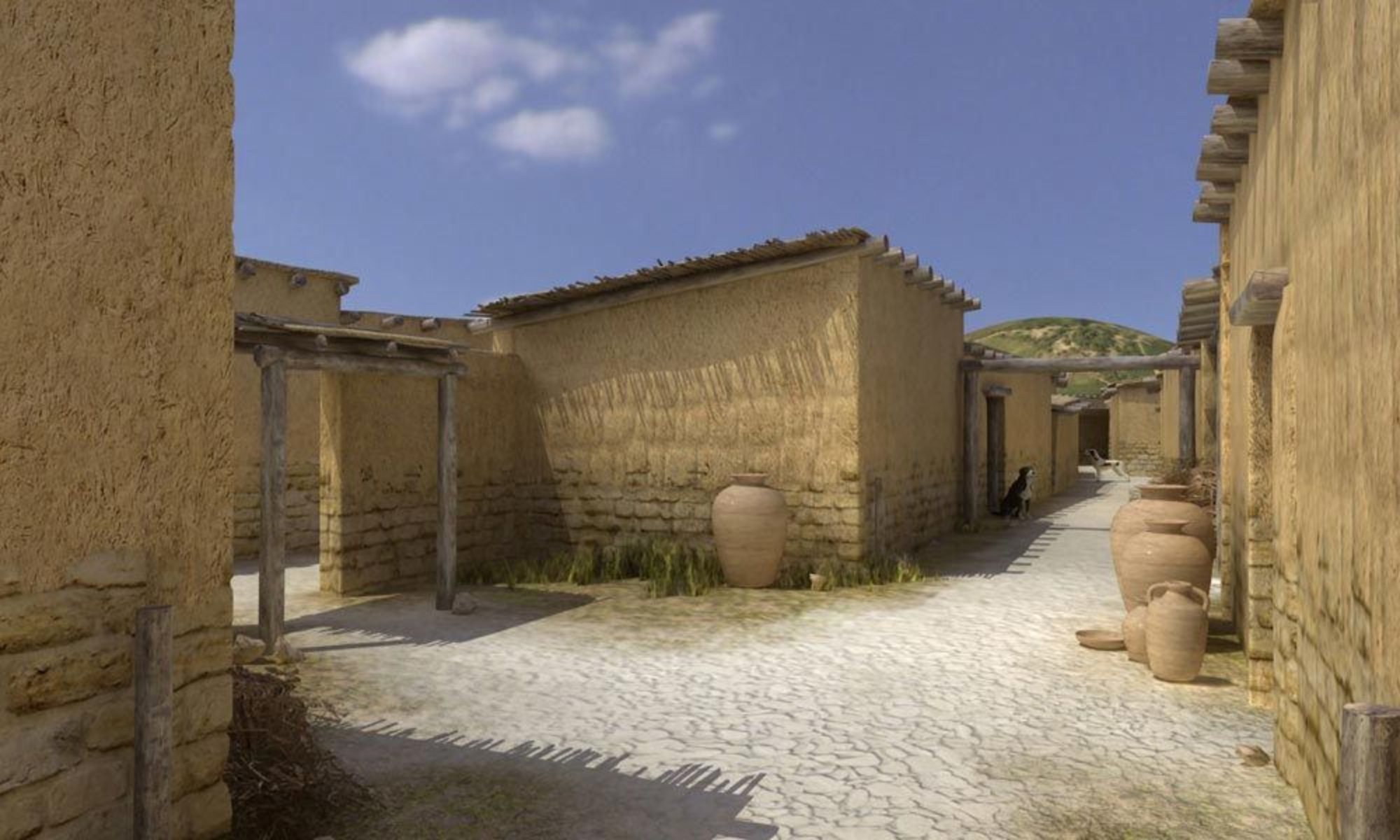
- Home
- The Gallic town
- The birth of the city and the rampart
- The archaic rampart
The oldest elements of the fortifications have been found at various points along the town's three walls, in the southeast corner and to the south and north. The construction of this initial rampart was contemporary with the establishment of an Etruscan trading post, and can perhaps be dated to the very end of the sixth century BCE. The rampart rested directly on the sand, and its thickness varied between 2.5 and 3.7 meters. It could have been a single wall, or two or three walls placed one against the other. It is likely that this stone wall was made higher still by the addition of unfired mud-bricks. The additional structures that have survived are limited to the zone facing the port area to the southeast – a large corner tower (T1), a gate (P1) and a bastion (T2). A small opening, or postern (P3), allowed those on foot to pass between the shore and the walled town. To the north, gate P5 was probably a passageway leading inland.Around 475 BCE, the destruction of the Etruscan houses was immediately followed by hasty repairs to the rampart.



